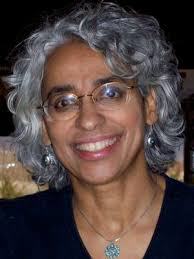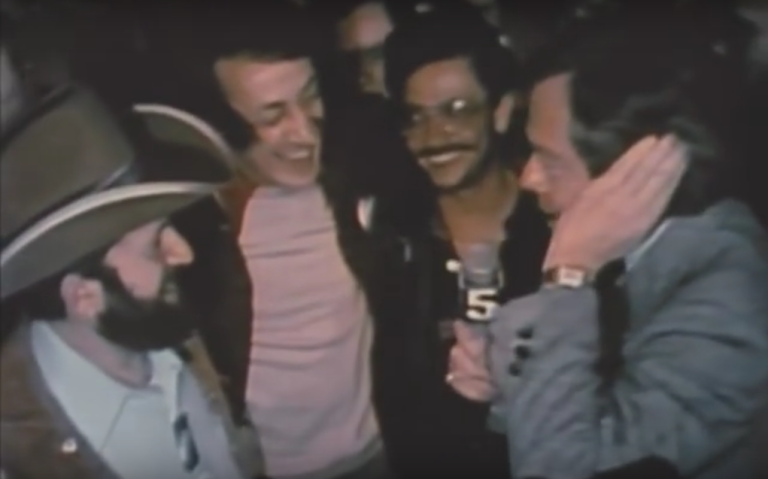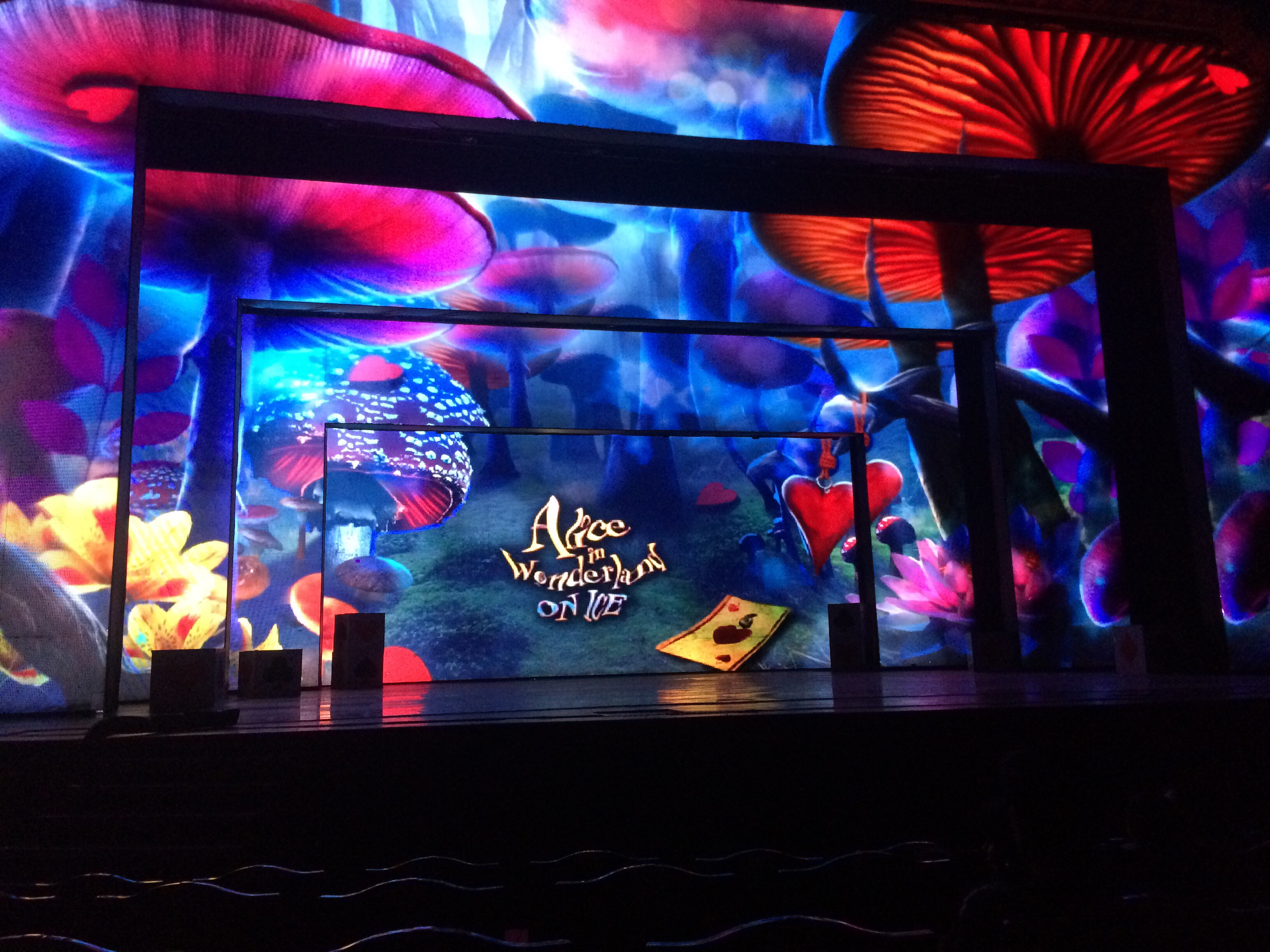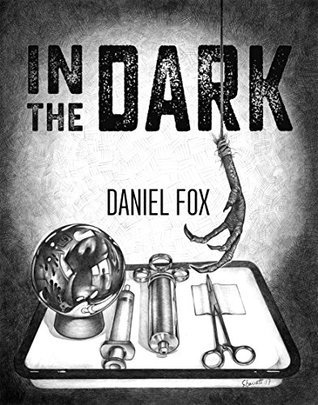

One of the titles I discussed in my January VCFA lecture on historical fiction is a book I grew to know vicariously, to my great delight, as its writer navigated the many phases of its growth. No Crystal Stair is an acclaimed novel, a documentary novel, a story on the cusp between fiction and history, real and imagined.
I asked my dear writing colleague and friend Vaunda Micheaux Nelson to reflect on that process for me. Here is our exchange:
[Uma] Talk a little about the research you did –the sheer volume of it and over so much time! And then about how this turned from nonfiction into the fictionalized blend of fact and imagination that it ended up becoming.
[Vaunda] The process extended over many years and continues, not only formal research but family history. In brief, I acquired source material from the Schomburg Center in Harlem, Howard University, the Hatch-Billops Collection, newspaper and magazine articles, audio tapes, transcripts, court records, church documents, FBI files, census records, death certificates and other vital statistic sources, and oral histories – interviews with family members and individuals who visited the store and/or knew Lewis. I traveled to New York City, Washington, D.C., Pittsburgh, and Newport News, Virginia. When faced with contradictory information, I weighed what I could, and drew reasonable conclusions.
It began as a family history project. I simply wanted to learn about my uncle and his bookstore and record what I found. The more I discovered about Lewis’s life and contributions, the more I needed to share his story. As a writer, I love exploring character. And what a character Lewis was! I enjoyed getting to know him through research, trying to figure him out. Lewis’s life is important historically, but it’s also just a great story.
I write for children, so it was natural for me to want to share Lewis’s story with them, though I believed it would speak to adults as well. Youth is a time that is heavy with searching, tripping, falling, getting back up, slipping, finding ground, flailing, and finally flying. Lewis’s journey embodied this, so I suspected it would appeal to teens. And, as a bibliophile, I was thrilled to share the story of a man who used books as a compass in his search for self.
It started as straight biography. In my early drafts I used quotes by Lewis as chapter headings and envisioned photos as part of the final work. But at some point in the process, and after feedback from people I respect, I realized that it wasn’t working. I didn’t feel I’d told Lewis’s story in a way that would move readers to care about this amazing man and understand the significance of what he achieved. Those early attempts lacked the heart I hope I conveyed in the final book. Also, there were holes and discrepancies in the information about Lewis’s life that I could not resolve. Sources were contradictory, unclear, unreliable, and the people who might have been able to clarify or fill in the gaps were already in their graves.
I began telling the story of Lewis Michaux through the voices of those who surrounded him — family, friends, associates, and bookstore customers. Recordings and interviews with Lewis enabled me to replicate his voice. My husband, Drew, began calling the book “Documentary Fiction,” which seemed a good fit. I included as much factual information as I could, while filling in the gaps with informed speculation (my best guess) about what might have happened to, or been said about, Lewis.
The new format gave me options and flexibility and allowed me to explore Lewis in a deeper way, to help readers see Lewis’s spirit, his intelligence, his charm, as well as his weaknesses. I came to know the people around him more intimately. One of the things I admire about Marilyn Nelson’s Carver: A Life in Poems is that she informs readers about George Washington Carver’s brilliance and accomplishments, while capturing the essence of the man, the nature of his spirit and how he touched the lives of others. This was my intent with No Crystal Stair. Sometimes you have to do an awful lot of writing to figure out exactly what it is you have to say. The project may have taken 15 years, but as I think back on the process, I realize it needed those years. I needed those years to become a better writer. And I made exciting discoveries along the way that led me in unexpected and rewarding directions.
The excitement of acquiring audio tapes and transcripts of interviews with Lewis fueled my energy for the work. Reading his words and hearing his voice were invaluable to understanding and developing his character. Also, there’s a short, online clip of his brother, Lightfoot, preaching that is priceless.
Considering the controversial rallies Lewis held outside the store and his close relationship with Malcolm X, I suspected the FBI had files on my uncle. Receiving a fat packet of FBI files after nine months of waiting was a thrill, and again gave me a happy boost at a time of frustration.
[Uma] Assuming that every book teaches a writer something, what did this book teach you?
[Vaunda] After beginning the new format, I was finding great pleasure in the project. but one day I asked myself — what is this exactly? Teen biography? No, I had already crossed the line into invention, and invention spells fiction. But was it teen fiction? By page 14, Lewis is an adult. Where was the teenage protagonist? Even if I found an editor who liked it, could it pass muster in an acquisitions meeting? What publisher would buy this book?
I decided it didn’t matter. I needed to continue the project for my family for myself. There was much support coming from that direction — including from Lewis himself. His spirit was there — prodding. So I forged ahead not caring whether it would find a publishing audience. I forged ahead because a bit of Lewis’s independent spirit had rubbed off. In the past, I fancied myself as someone who had the strength to deviate from the norm. I was, but I had limits. I still do, but NO CRYSTAL STAIR confirmed the truth of that cliched advice that many give but don’t really believe – “Follow your heart.” Or as Lewis put it, “Never lose your individuality.”
The project also gave me some things to think about with regard to the complexity of character, both in fiction and real life. Malcolm X and Marcus Garvey are often skimmed over or neglected by black history programs in schools. Their ideas and philosophies about the fight for equality were out of the mainstream and, threatening for some. Malcolm and Garvey were seen as radical, explosive, enigmatic personalities. Most of the adults in my childhood saw Garvey’s Back-to-Africa movement as extreme. Malcolm X was intimidating. But there is much to learn from Garvey’s commitment to blacks building their own businesses, creating their own communities, becoming self-sufficient, and uniting globally. Malcolm’s struggle for human rights “by any means necessary,” his personal evolution, his compelling speeches, and (like Lewis Michaux) his belief in education are powerful, significant, and worthy of study. Learning about figures like Lewis, Malcolm and Garvey expanded my thinking. Without alternative perspectives, we are in danger of believing there is only one right way of seeing and being. It becomes too easy to fall into lock step rather than discover who we really are.
Finally this book taught me the importance of researching family history while the elders are still alive. I am left with so many questions that Lewis, my parents and grandparents might have been able to answer. As Lewis always said you can’t really know yourself unless you know your history and those who came before – the shoulders on which you stand. With this project, I’ve become an advocate for recording family history, and I encourage the children I encounter uncover for the stories in their own backyards.
[Uma] What were some obstacles you encountered?
[Vaunda] Many times I felt I was spinning my wheels, getting nowhere, looking for a needle in the wrong haystack. I had to learn persistence, which sometimes payed off. But sometimes, I hit a brick wall and had to accept the fact that I may never find resolution.
Lewis sometimes embellished the facts in one venue and then forgot, or didn’t care, that he’d done so — his true age, how long the bookstore actually existed. These kinds of inconsistencies were frustrating when I was attempting to research and write straight biography. I wanted to get the facts right. But once I shifted to documentary fiction and allowed myself the freedom to speculate and imagine, the sense of mystery added intrigue and led me to wonder. This wondering, I believe, brought me to truths that I might not have discovered otherwise. However, as someone trying to uncover family history, I wish I had more answers. My search isn’t over.
[Uma] Revision wasn’t a simple linear process for this book. Will you talk about the work you did in revising, revisiting the same material over and over again? How did revision make the book grow? Change? Deepen? How did it surprise you?
[Vaunda] The shift to the new format was a major but fascinating process. Creating the voices was challenging, but some of the best writing fun I’ve ever had. For example, the factual information regarding the incident where Lewis loses his eye went from a paragraph in the straight biography to three voices — Lewis, his brother Norris, and a police officer. This change enabled me to convey emotion and show aspects of Lewis and Norris unseen in the original.
One of my main revision challenges was organizing the story, deciding who would speak when, and the content of what they might say to move the story forward gave me many hours of brain pain. At one point in the process, I took the manuscript to the library when it was closed, laid it out on tables page by page, and started shifting — place this before that, that before this — no, no, that before this — or did it work better the other way around? Initially, I placed a few chapters out of sequence. Ultimately I decided to work chronologically to avoid disrupting the flow and momentum of the story.
Also, Malcolm is such a powerful and fascinating figure, he could easily have taken over the story. My editor Andrew Karre and I worked together to keep him in perspective, to include only Malcolm X materials which were relevant to Lewis’s story. Although there is much I would like young readers to know about Malcolm, I had to keep focus on Lewis’s story. His brother Lightfoot also is a powerful character whose story could have overshadowed Lewis’s if I’d handled it differently. I had to keep reminding myself to stay with Lewis.
[Uma] What did Lewis say that you’d want to say to readers?
[Vaunda] Lewis was promoting education, but not just as a means to job success. He believed in the richness that knowledge can bring to everyday life. “You have to know something to protect yourself,” he said. “Knowledge is power. You need it every hour. Read a book!”
[Uma] And what do you want to say to writers who wish to write for young people?
[Vaunda] As writers we should never underestimate what kids can handle. They’re smart and beg to be challenged. Sometimes we make the mistake of believing young readers can’t deal with subtlety. But that which is left unsaid is often what gets them thinking beyond the text. The reading process becomes an interactive one, a give and take, a private affair that adds to a repository of experience they can draw from as they negotiate life.
[Uma] So there you go. Write to stretch the minds of your readers. Thank you, Vaun!
Share this:





